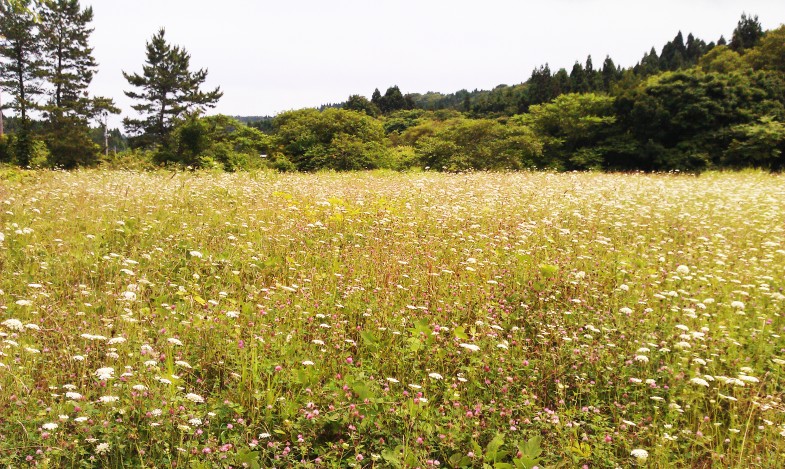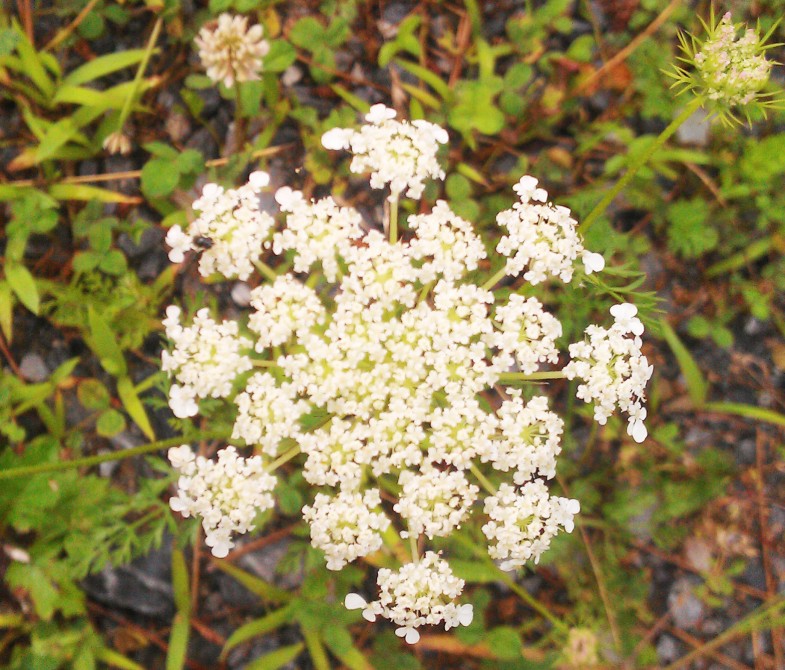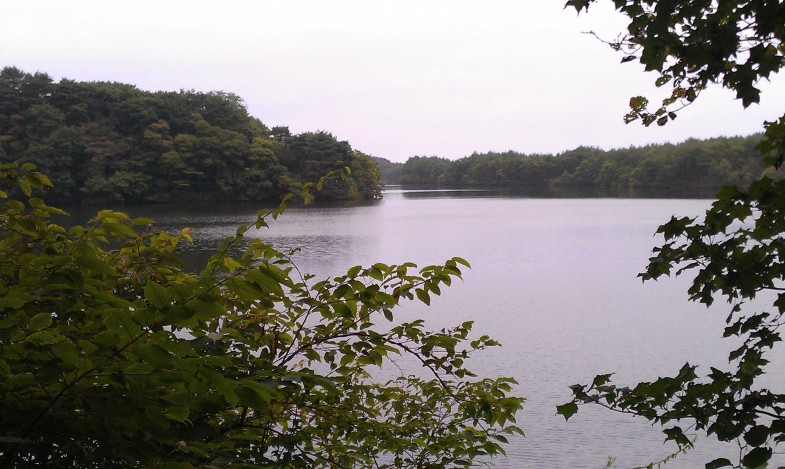
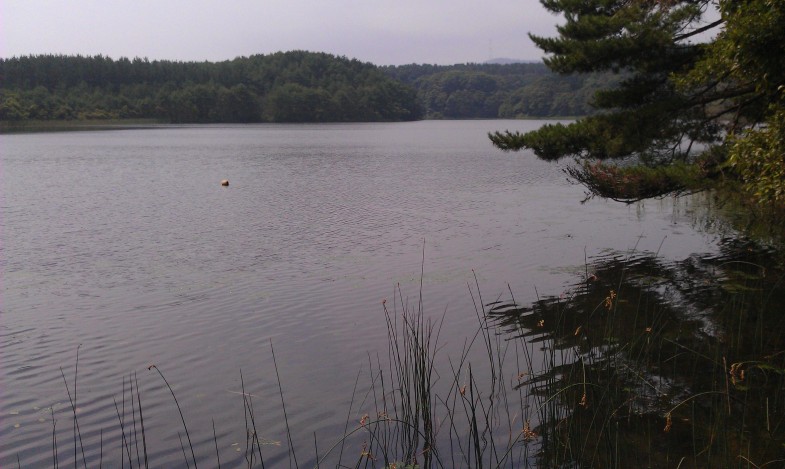
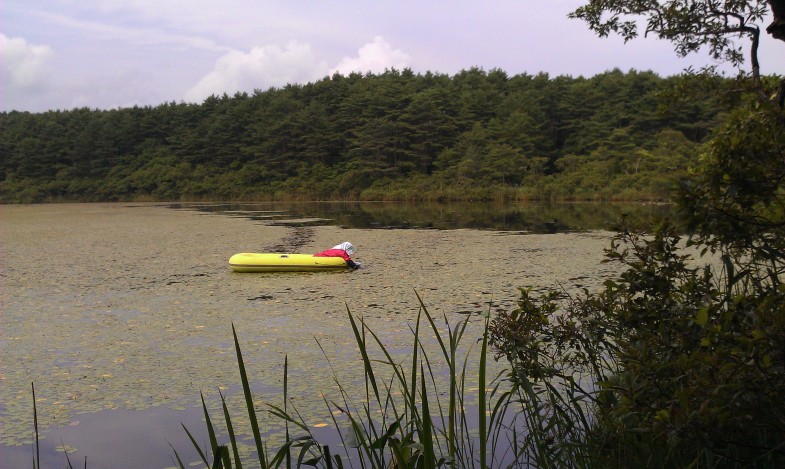
Lacus arenosus dune est litus arenosum quod undulationes format ob ventum.、Hae paludes fluviatiles naturaliter sunt, cum flumina in depressiones influunt (Sagata, Niigata, Praefectura, etc.).。Aquae arena intumescit tanquam fossatum ob rivos et undas, claudentes exitus.、(Aliter formatur a lacubus potatricis aquae, ut Lacus Saroma et Hachirogata)。Ipse lacus Dune magni pretii est quod in toto orbe amittitur.、Creando biologically valuable environment。
Sand dune lake is a natural freshwater pond in a sandhill. It was shaped by wind. The wind had been carring sand and formed ups and downs, and then water stream into hollow places. It is not only very valuable existence itself in the world but also it gives important environment for biodeversity that’s being lost.
In Higashidori Village、Sunt multi magni et parvi "lacus arenosus" (13 paludibus solis nominatis)。Higashidori Villa, Sarugamori Sand Dunes, et humida Back electae sunt ut unus ex umidis Iaponiae 500 momenti (re vera dici potest maxime ex Peninsula Shimokita hoc modo electam esse).。Simia ga saltus arenosus (latitudo 1-2 km)、"Shimokita Sand Dunes" compositum est ex arenosis (tota longitudo 17 km) et arenosis quae leviter mediterranea vadunt.、Etsi parum notum est, maxima est arena dune in Iaponia.。Quod suus notum est、Ventus et arena munimentum silvae arenosis cingunt.、Quae sunt difficilia hominibus videre、Pleraque ea adhibentur a Ministerio Defensionis et aliis pro sitibus testium ballisticarum, etc.、Hoc est, quia viscus prohibetur.。
There are many dune lakes in Higashi-dori village. Named lakes are minimum 13s. Salugamori sandhill (1~2 km width, 17 km length) include the rear wetland in this village has selected one of 500 of the important wetland of Japan (Actually most of Shimokita peninsula is selected also). Additionaly, Shimokita sandhill (includ this Salugamori sandhill with the next ones) is really the biggest one in Japan. However almost all japanese don’t know of it. One of the reason is that this place is hidden from the roads by pine grove for protect the wind and the sand. The other one, here is off limited, because this ares has been useing for test site of trajectory of Ministry of Defence (MD).
Ipse lacus Dune extra Ministerium defensionis est.、Quidam etiam ad piscandum usus videtur.。Sed pineae silvae pro vento et arena tutelae maiores etiam creverunt.、Multae viae ad paludem pereunt.。Incolae declinant et senescentis hic etiam pergunt.、Nulla investigatio academica hodie inducitur.。
These are out of the area of MD. A few lakes of it look as useing fishery sometimes but not often. Most of the roads to go there is being lost by growing thickly weeds and pine grove. Creasing depopulation and ageing there. Academic reserch stopped now.
Imagines sunt a summo ad imum (arnata a septentrione ad meridiem)、Onuma、Sakyo Marsh、Aranuma。Magnitudo et profunditas leviter variant, sed omnes in statu naturali.。Onuma est magnus squilla、Sakyo-numa Celebris est Aegagropila Linnaei.、Quid nunc accidit quod nulla inquisitione facta est?。Aranuma 1-2m altum est.、Metis est Brasenia Schreberus.。
Photo:(above) O-numa. Small river prawn lives in. (midlle) Sakyo-numa. Sakyo-numa is famous for “Hime-malimo” (small moss ball), but how is it now? (bottom) An old woman was picking “Jun-sai” (the water shield) from the water at lake Ala-numa. ※numa means lake or pond. All of dune lakes are Nature.
